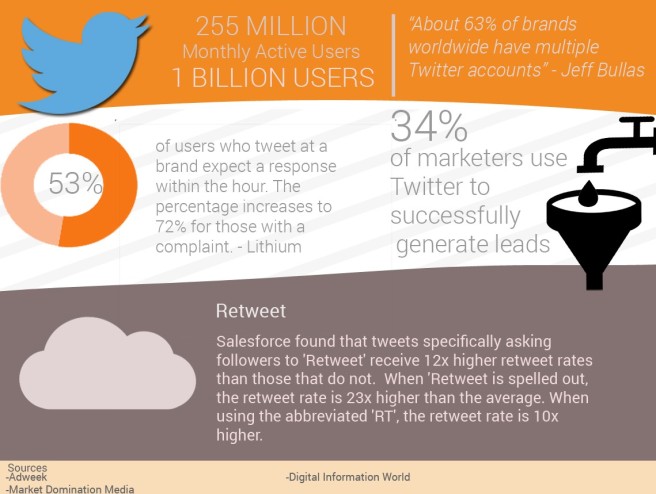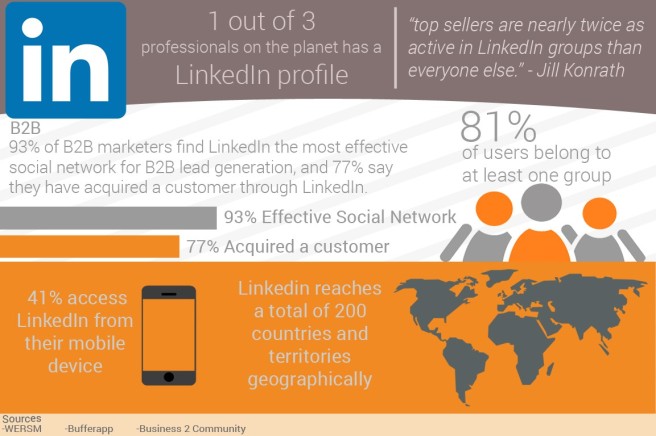Source: What is Sales Intelligence?
One of the latest buzzwords in sales is “sales intelligence“, so what exactly is it?. Well Peter Coffee (VP and Head of Platform research of Salesforce) describes sales intelligence using this metaphor: “Without sales intelligence, you’re driving with dirty windows. With it? GPS with real-time traffic/weather feed”.
This statement refers to if your sales team is consistently making cold calls with low returns, having a hard time finding the right decision makers, or only have enough time to find out the most basic information about potential buyers, that probably means you need better sales intelligence.
What is Sales Intelligence?
There is nothing particularly revolutionary about sales intelligence, it is simply any information that can be useful to improve sales effectiveness. This can mean researching a prospect, their target market, their industry, their company, who the big decision makers are, or the most recent news about their business. Anything you can work with to make a sale more likely to happen. This arms sales teams with better insights into who exactly they are engaging with and enables them to strategize their approach in order to increase favorable results. Better sales intelligence can give you the strategic vision to uncover better sales opportunities. Just think of a prepared sales person as the classic cocktail party hero – better prepared to interact with everyone effectively.
Peter Ostrow of the Aberdeen Group says “You need to know a lot about that customer, not just their name, their email address, their URL, that’s almost commoditized information. None of this information necessarily opens up a chance to have a conversation that will lead to a sale. True sales intelligence gives your reps information they need to advance a conversation that potentially leads to a close.” For example, it may be advantageous to figure out why a particular prospect would want to buy from you. What business problems are they struggling with and how can your product or service be the solution?
A Big Issue with Sales Intelligence
Ever since the economic downturn of 2008’s global financial crisis, companies have been forced to cut spending and sales people have faced more and more pressure to meet quotas. This has meant that sales professionals have less time to properly research individual leads in a world where in-depth information has never been as important and advantageous for business. This hardly seems fair!
The rise of the internet has presented sales people with an unimaginable wealth of data to research potential clients. But this information can often be difficult to acquire because of the vast body of unfiltered and unorganized internet data.
Researching a prospect in today’s digital world can be tedious and take up an unnecessary amount of a sales person’s time. Time that could be spent on the phones selling. Internet data about an individual lead is not well organized or focused on the needs of a sales professional who’s about to walk into a meeting with a client. Did they walk in there having thoroughly researched that potential client’s business? Did they discover a recent investment made by that company? Did they even find common interests/hobbies from their social media accounts to perhaps break the ice with? Or did they go in with the bare minimum of information, hoping for the best, simply because there wasn’t enough time to sift through all the internet data when quotas still need to be met? Sure, companies have a great wealth of information, but it’s usually not accessible to the members of the sales team in the way they need it. “Typically, there is a lot of knowledge out there,” says John Aiello, CEO of SAVO, “The gap is that people can’t find it.”
Ease of discovery is a key metric for sales-intelligence success. Unless the information sales teams need is simple to find, it will probably be left untapped. According to an Accenture study in the US and UK, almost 60% of sales managers have to use numerous sources in order to collect all the relevant information needed to be successful in their job. A similar number claimed that this information was poorly distributed across the organization.
It is “shocking” how few companies truly help their salespeople prepare to have meaningful conversations, says CSO Insights authors Jim Dickie and Barry Trailer. “We may want them to do it. We may even demand they do it. But precious few of us give salespeople access to the sales intelligence to actually do it.” Only 9.7% of businesses said they had implemented programs to facilitate easy access to sales intelligence. The remaining 90.3% admitted that obtaining sales intelligence “required some hunting, a lot of hunting, or was not available at all.”
It is clear that 90.3% of businesses would benefit from changing their current method of sales intelligence acquisition. They need a solution. But how?
Sales Intelligence Services
The top performing firms have invested in sales intelligence services. The Aberdeen Group recently discovered that over 60% of B2B sales professionals said that sales intelligence helped them get more sales leads and better quality sales leads.
Sales intelligence services save your sales team the time and effort by finding verified leads for them based on your prospect criteria and compiles quality, detailed sales intelligence on each of them.
For example, not only does Connectors Marketplace consistently provide your team with a comprehensive list of relevant prospects, their phone numbers, and email, they also give you the latest news about the current company your prospect works for, as well as a link to their LinkedIn, Twitter, and Google+ account. With easy access to their social media, social selling becomes a lot easier. It also allows your sales reps to learn more about the person or engage with them online to establish a stronger relationship.
The right sales intelligence can let your salespeople know which companies are the best fit for your solution, and help them find leads that are most likely to buy from you. It gives your sales people detailed strategies for how to approach each company or each type of decision maker, and it gives your sales team a better understanding of your customer. There’s always a learning curve with finding a new customer. Better sales intelligence makes that learning curve less steep.
Having the most relevant data at your fingertips ensures that your sales people are selling to prospects and current customers as effectively as possible. They can spend more time selling and less time doing the legwork and research involved with tracking down data and finding phone numbers. It’s never been easier and faster for salespeople to do their jobs with these services, and arms them with information they need to have better-informed, more productive, more credible conversations with clients.
Key Benefits of Sales Intelligence
Let me outline the key benefits your sales team will experience with a sales intelligence service:
• Find the most relevant and influential contacts much faster.
• Have a better insight on competitors, the buying habits of potential buyers, and your potential buyer’s position in the marketplace.
• Automate and centralize data on both cold call contacts and established contacts.
• Improve sales efforts using social selling tools when engaging with prospects that are more prepared to buy.
• Increase the number of sales with increased automation and data accuracy.
When it comes to sales intelligence services, it’s not about how to get your sales people to do more, it’s about facilitating them so they can do better. Better quality sales leads, better-informed conversations, and better relationships with potential clients are ultimately going to lead to better success in selling. With the current problems facing businesses today, better sales intelligence is an issue that all companies will inevitably have to address at some point. Given the increasingly competitive nature of today’s market, it’s better to deal with this sooner – not later.














